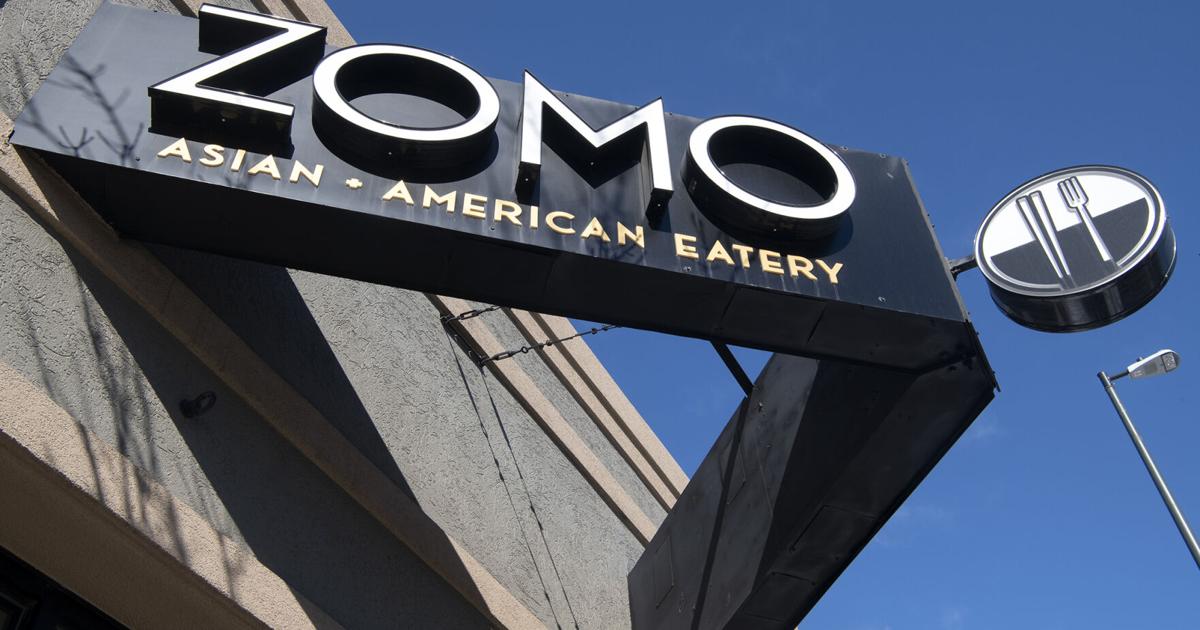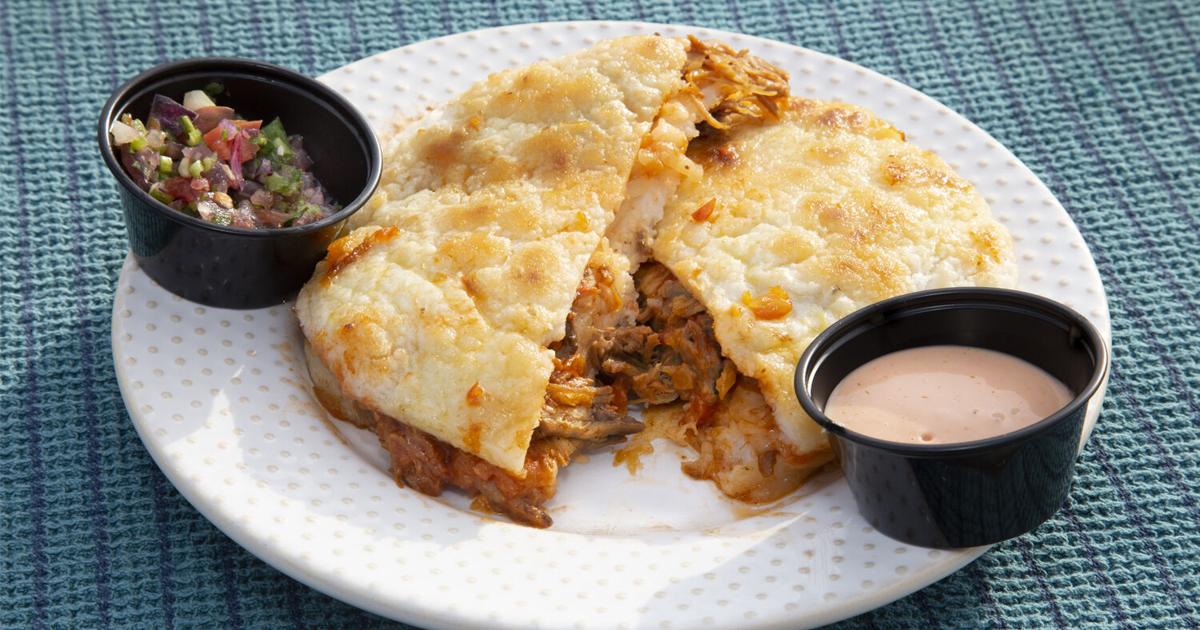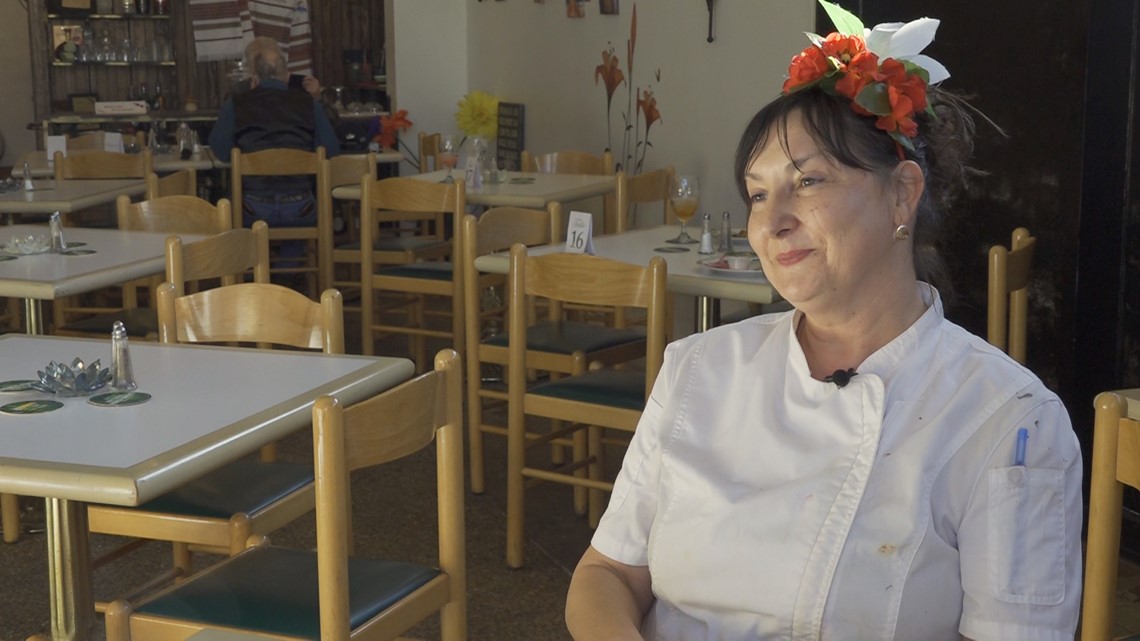Señor Sisig in the Mission
Mr. Sisig
The Filipino food movement is in full swing and the leader of this movement in the San Francisco Bay Area is none other than Señor Sisig. Known for its Filipino-American-Mexican fusion of sisig tacos and burritos, this popular restaurant celebrated 10 years in business last year.
Inspired by the success of Roy Choi’s Kogi Korean taco truck in Los Angeles, childhood friends Evan Kidera and Gil Payumo recognized that Filipino food in the Bay Area – an area with a large Filipino population (me y understood!) – was about to explode. A year after that initial inspiration, the duo bought a refurbished Chinese food truck on Craigslist in hopes of starting a similar food truck movement in the Bay Area.
The Señor Sisig team
Mr. Sisig
“When we started 10 years ago, there wasn’t really a Filipino food movement/moment and most Filipino restaurants then were very traditional,” says Kidera, CEO and co-founder of Señor Sisig. “Filipino culture is very proud and early Filipino-American generations didn’t want to change their food to fit in America, which resulted in fewer non-Filipinos exploring the cuisine.”
“As a new generation, we saw an opportunity to change that mold and move Filipino cuisine forward by making it more accessible because there’s so much you can do with flavors and techniques,” he continues. . “In doing so, we decided to fuse our food with something familiar like tacos and burritos so that those who had never eaten Filipino food before could dip their toes in it and be excited to dive deeper.”
It wasn’t easy at first, says Kidera. He and his partner took a lot of heat from their titas and titos (aunts and uncles) claiming their food was not authentic Where traditional. Everything has changed now that they see how Señor Sisig has created something “new and inspired by Filipino culture that has not only introduced but opened more people’s minds to Filipino food”.
Señor Sisig Pork Burrito
Mr. Sisig
Fast forward to today, and Señor Sisig celebrates over a decade in business with five trucks, two bricks and mortars, a 100% vegan truck, and ghost kitchens throughout the Bay Area.
“We’re proud to be at the forefront of this Filipino food movement as we broke the seal and took those risks and the heat at a time when few others were willing to,” says Kidera. “We love seeing more Filipino chefs, ingredients and cooking styles these days and we think we’ve helped play a part in that.”
Sisig with steamed rice
Mr. Sisig
We caught up with Evan Kidera, CEO and Co-Founder of Señor Sisig, about menu inspiration, how the brand has evolved over the past 10 years, new openings, Covid pivots and more. Here’s what he had to say!
What inspires Señor Sisig’s cuisine and for those who don’t know, what is sisig?
When we started designing, we were attached to the format of tacos and burritos. To fill them, we used Gil’s family recipes and chose a dish his father was famous for at parties, sisig. In the province of Pampanga in the Philippines, where Gil’s family has its roots, sisig is a rustic drinkable food, a heavily seasoned mixture of minced meat from the head and snout of a pig.
Señor Sisig Nachorrones
Mr. Sisig
Gil’s family recipe called instead for pork shoulder, which is more accessible and just as rich and juicy as the traditional version. Gil tweaked Señor Sisig’s recipe and adapted the method for chicken, tofu, and our new offerings of 100% plant-based “Vegano” meat alternatives like chorizo, pork, and chicken.
Over the past 10 years, what are some of the ways Señor Sisig has evolved or had to evolve?
Before the pandemic, we were growing through growth, one food truck at a time. We started with one food truck, and at the end of last year we had six trucks and just opened our first brick and mortar in the Mission District of San Francisco.
When the pandemic hit, we faced a severe crisis as much of our business was serving lunch to crowds in downtown San Francisco, five days a week with 5-6 trucks a day and lines of people circling the block. Without our daily lunch crowds downtown, we had to pivot quickly.
A food truck on Treasure Island
Mr. Sisig
With everyone working from home and the mobility of our food trucks, we figured we could get our food to them and from there we took our trucks to other neighborhoods and towns in the Bay Area (Oakland, Walnut Creek , San Jose). It allowed us to try our concept in other markets and it was exciting to see people continue to show up for our brand and our foods.
Luckily, we also had our brick and mortar restaurant, which has been a constant throughout this pandemic and has inspired us to open more brick and mortar locations, like our new Oakland restaurant, which has opened in January 2021. As we look forward, we hope to open more locations to expand our reach into other markets like San Jose, Walnut Creek and even further afield.
Talk about your new 100% Vegan “Vegano” food truck and menu.
Our brand has also evolved by launching our 100% vegetable “Vegano” food truck and menu. With the increase in plant-based/vegan eating habits, we have seen a demand from our customers to have more plant-based options so much so that we have created a separate food truck for him “Señor Sisig Vegano” . It’s our same Señor Sisig menu, just adapted to be 100% plant-based using vegan meat alternatives and more.
Señor Sisig’s newest location in Oakland.
Mr. Sisig
Every ingredient we use for this menu is plant-based right down to the sugars, soy sauce and sriracha, as not all brands are truly vegan. This menu is available at our new Oakland location and at the “Vegano” truck located in the Mission area of City Station, on the southeast corner of 18th Street and Valencia.
How did the move to brick and mortar happen and was the transition smooth?
We opened our first brick and mortar nearly 10 years after opening our first truck. We had wanted to open one for some time, but we wanted to be very mindful of where and when. We were very sensitive to the brand we built with a truck and wanted to find a location that was a good fit with what we were building and what we were hoping to build. When we found the place in the Mission District, we felt great because it was a neighborhood we grew up in as the kids explored and ate lots of Mission burritos and tacos.
The transition was as smooth as it could have been given that we opened 4 months before a pandemic (November 2019). We were food truck owners before restaurant owners, so it was tough, but like I mentioned, having brick and mortar in the last year has allowed us to achieve some advantages. Our mission location has become a constant for us to serve this San Francisco community and has inspired us to think brick and mortar as we continue to grow and develop.
What future for Senor Sisig?
We hope to continue to evolve our brand more broadly with regional, national and even international in mind, but we will always stay true to our Bay Area roots.

/https://specials-images.forbesimg.com/imageserve/609d7dd6ce24e3f2ecaa84f2/0x0.jpg)


